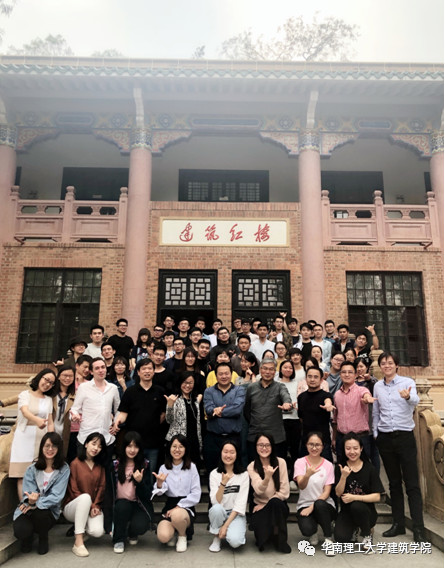On April 19, 2018, the midterm report of Joint Graduation Design of Six Universities from Mainland, Hong Kong and Macao was presented on the multimedia hall of SCUT. The theme is about ‘Urban study on the developement of Shenzhen-Hong kong bounary port areas towards Guangdong-Hong Kong-Macao greater bay area’. These six universities include City University of Macau, South China University of Technology, Huaqiao University, Shenzhen University, Tongji University and The Chinese University of Hong Kong. There are totally 69 teachers and students attending this activity and all students were divided into 12 groups.
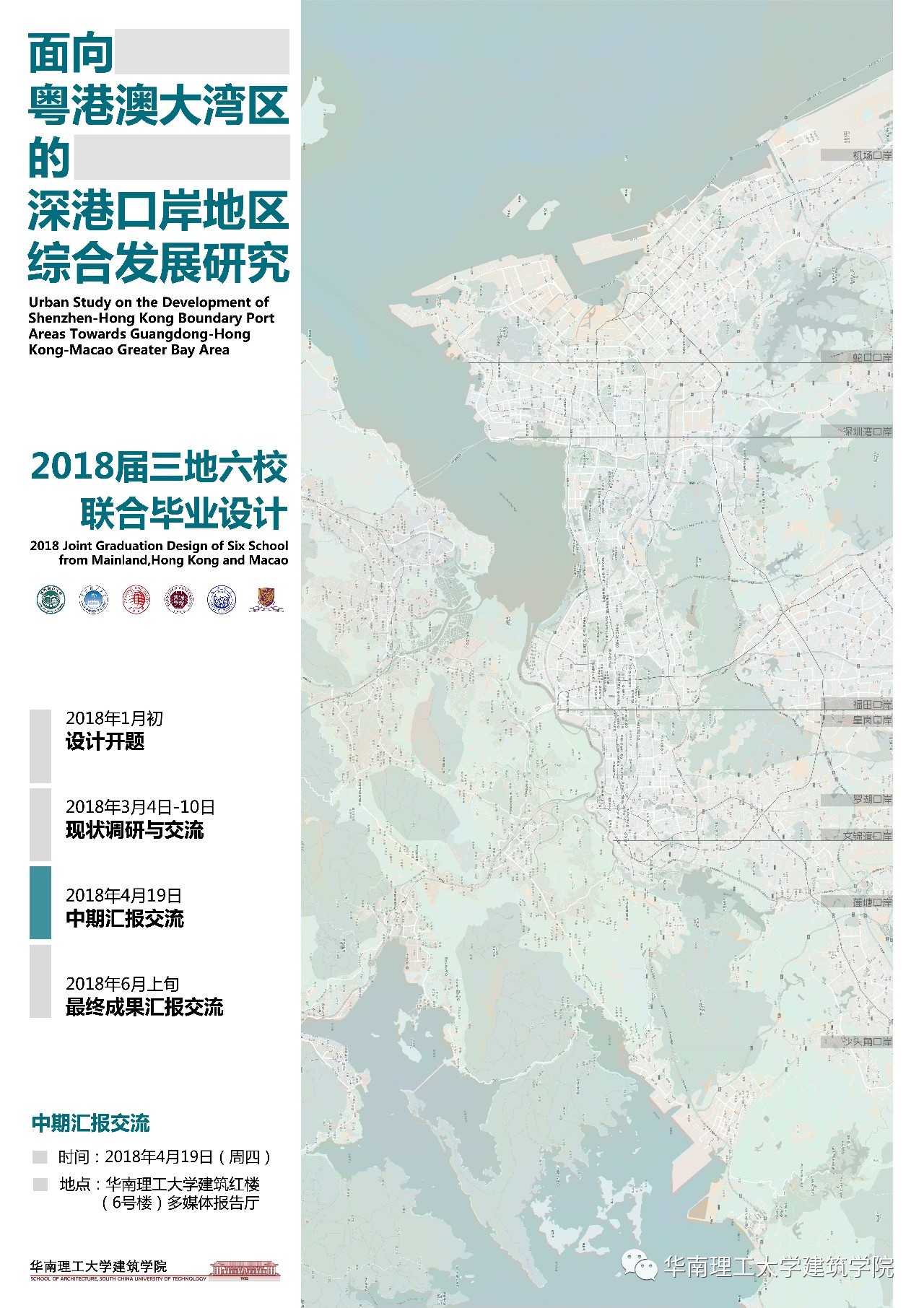
Many teachers attended in this activity to gave some professional advice, including Xiaochun Yang, Fang Chen, Zhihang Luo and Yun li from Shenzhen University, Ming Xiao and Yanling Liu from Huaqiao University, Feng Luan from Tongji University, Darren from the Chinese University of Hong Kong and Jianyun Zhou, Chengfang Wang, Zhejuan Mo and Miaoxi Zhao from SCUT.
In 2017, China made a plan which is about the Guangdong-Hong Kong-Macao greater bay area; paying sufficient attention to the development of this place.The concept of greater bay area gives more opportunities and prospecst to the Pearl River Deltacities especially Shenzhen and Hong Kong. However, it is a thought-provoking question that how we can interpret and understand this concept better to make urban planning plays a greater role in realizing the ambitious blueprint.
This design activity was held in the form of a joint university graduate design workshop and six universitiesmade up the Design Alliance of the University of Greater Bay Area. It planned to implement a series of multi-series studies of cross-border boundary coordination development and cooperation under the strategic background of ‘One Belt and One Road’ and ‘Guangdong, Hong Kong, and Macao Bay Area’.Especially the comprehensive development of the 9 major ports in Shenzhen and Hong Kong and its surrounding areas were focued on. Based on a series of cross-border development policies and practices at various levels (Hong Kong, Hong Kong, Hong Kong, and Shenzhen), as well as relevant theories and international cases, a series of investigations and studies have been conducted on the 9 major ports to explore spatially coordinated development strategies under the new institutional landscape.
The scope of work includes the researchand the key design. (1) The research is mainly about the 9+2 cross-border urban system under the layout of the Dawan District. Within this scope, the Joint Design Workshop will conduct collaborative research and analysis, and then propose a coordinated development strategy. (2) The scope of key design is the Shenzhen Border Port Area of Shenzhen Bay and Shenzhen River, which mainly includes the surrounding 1KM peripheral areas such as Shenzhen Bay Port, Huanggang Port, Futian Port and Luohu Port. Absolutely, the specific design scope is based on the characteristics of specific port.
The purpose of this medium-term exchange report is to help the students to figure out the research direction, clarify the working ideas, and check the progress of the work. Each group took turns showing their intermediate results. Based on the background of Guangdong, Hong Kong, and Macao Bay Area, the students considered the issues and positioning of the Shenzhen-Hong Kong boundary from different scales, and explored the future connotation of the border areas and function innovation on the premise of cross-border mutual benefit system that is sustained released.They also have attempted to explore the spatial representations from different perspectives combined with regional transportation, border ecology, and urban texture.
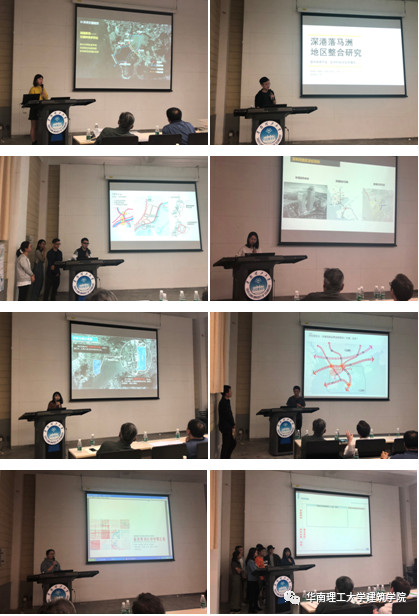
| 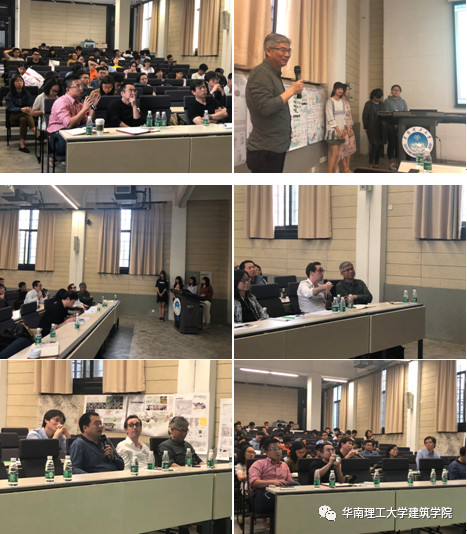
|
During the activity,teachers had made detailed comments on the mid-term report of each group of students about working methods, analysis ideas, concepts, depth of results, and report presentations.By this way, they can help students to further deal with the problems as well as the program ideas, and give some suggestions about later work and results optimization.
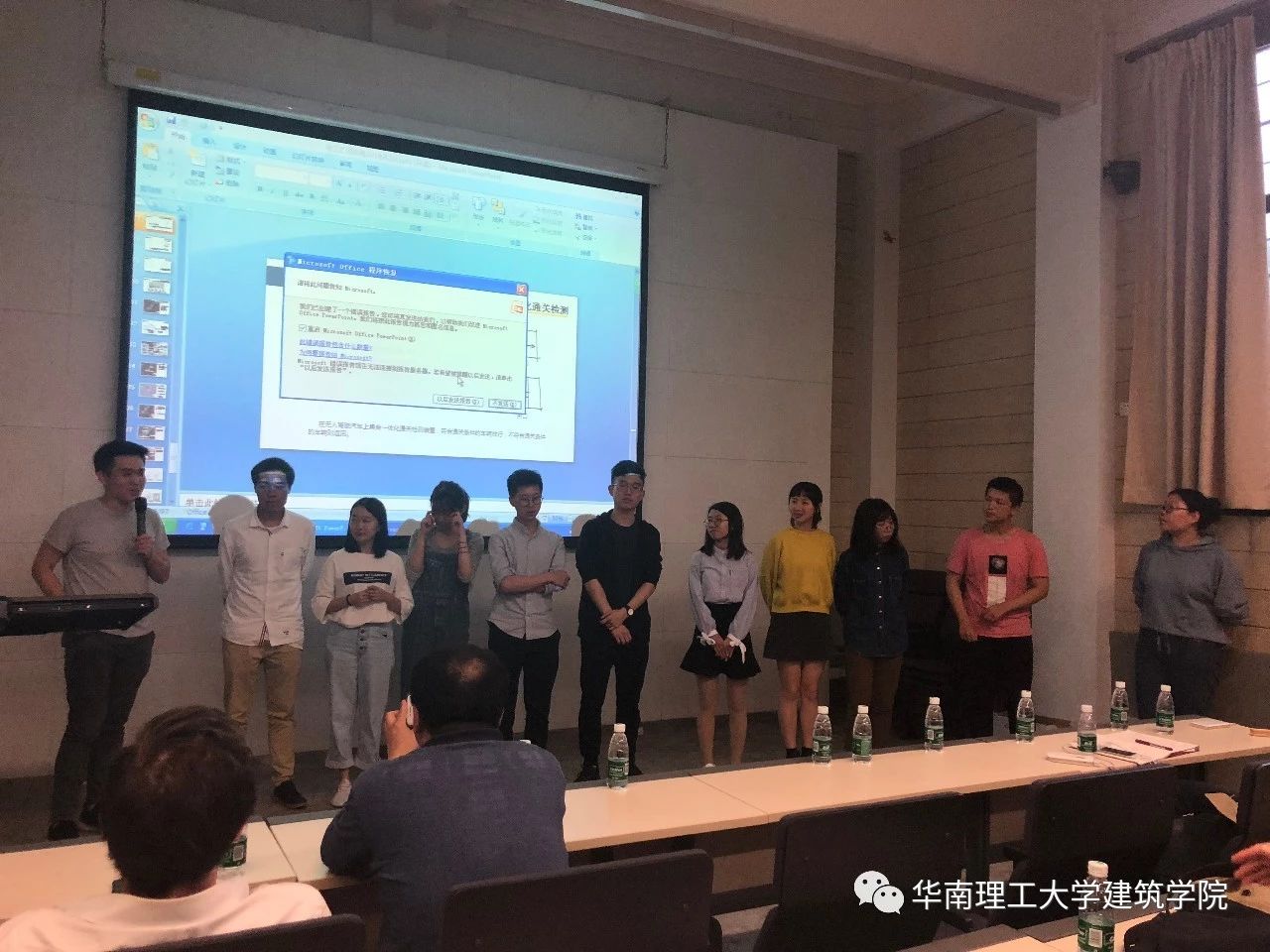
After one day's communication with teachers, each student had learned a lot with joy.The ideas, methods, and programs from different schools all had their own special highlights therefore in some extent inspired students' enthusiasm to learn from each other. At last, the teachers made a conclusion of the concepts of this joint project and put forward great expectations for the graduation design of the later stage.
